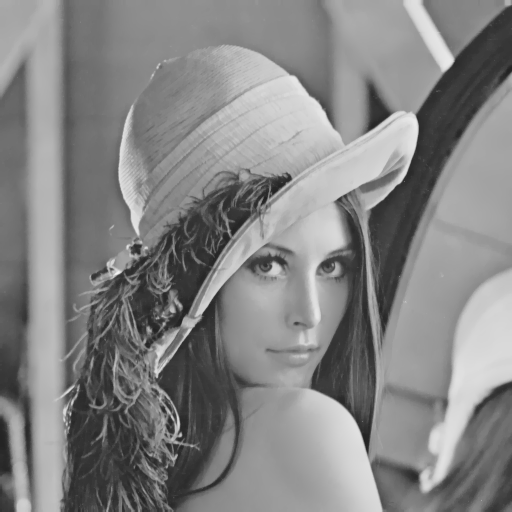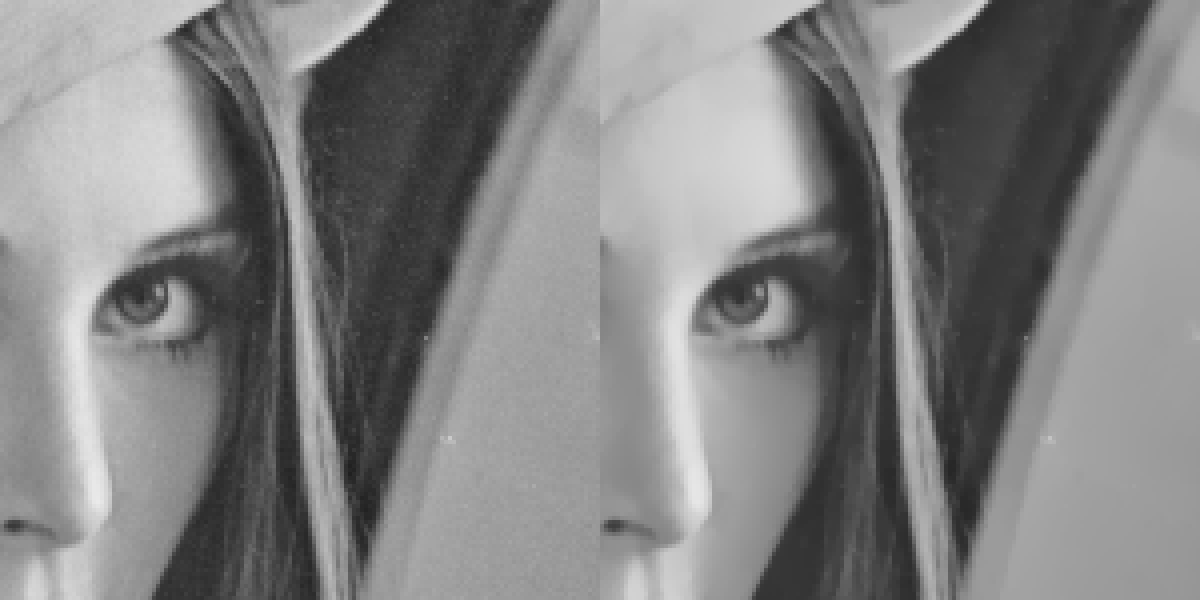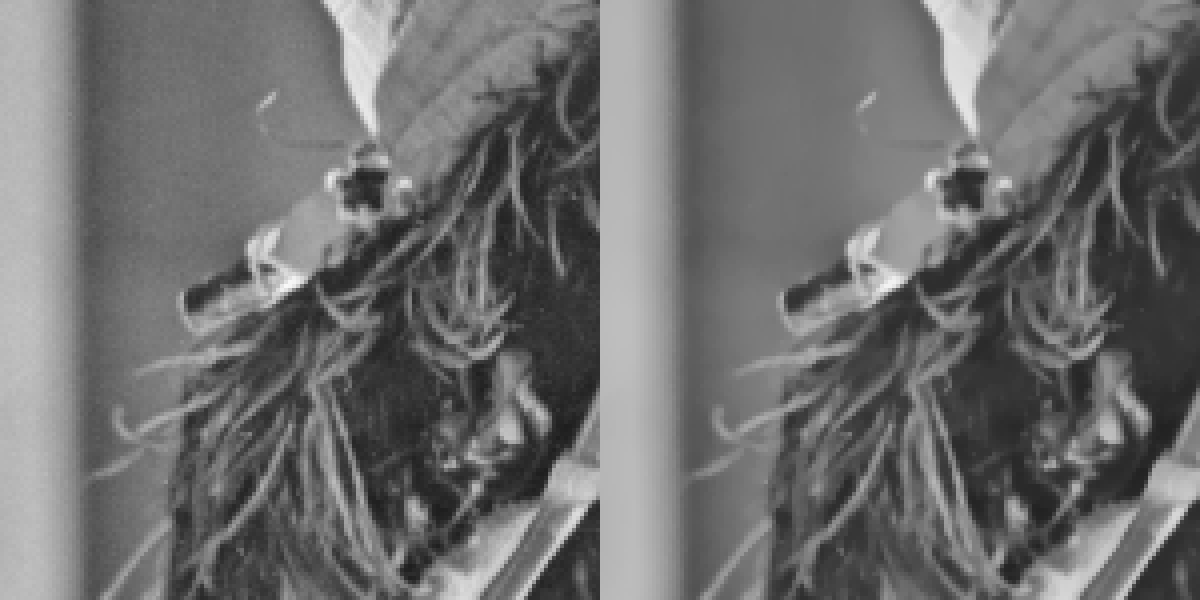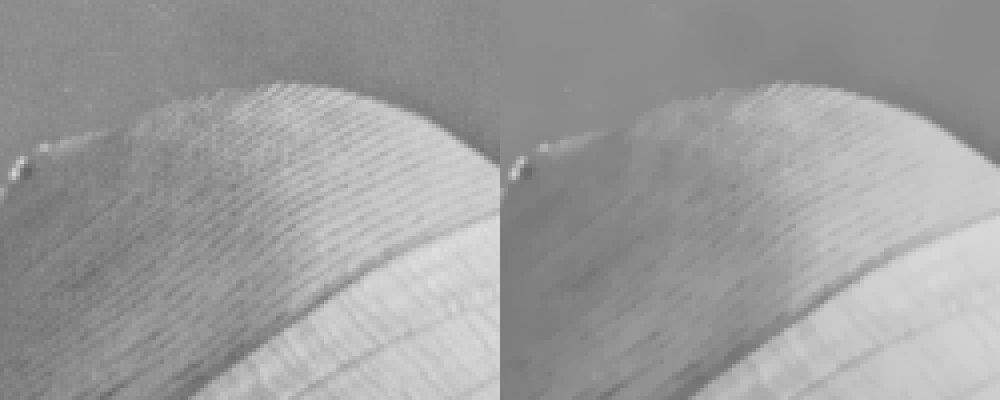Hi all,
As you probably know, we are currently working on new tools that will be included in the final 1.8.0 release of PixInsight. Some of these tools implement techniques based on total generalized variation. After the intense research and development work done by Carlos Milovic during the last year, we have now a first working tool in the testing/optimization phase: TGVDenoise.
As its name suggests, TGVDenoise is a noise reduction tool based on total generalized variation regularization. Today we have made some 'formal' tests with TGVDenoise, which we want to share with you on this post. The subject of the first test is the well-known Lena picture. This is the original 512x512 grayscale lena.png image:

And this is the same image processed with the new TGVDenoise tool:

Note that the TGVDenoise tool has been applied directly to the original image without any mask. I suggest you download both images and compare them at 4:1 zoom or more. Lena is a tough subject for noise reduction because it provides a compendium of the most difficult problems for this task: fine details, large areas covered by smooth gradients, and small-scale, low-contrast structures. Here is a selection of some interesting areas for comparison, enlarged 4:1 without interpolation:



Looks promising indeed. It is important to point out that this tool works equally well with linear and nonlinear images. Now we have a lot of work ahead to improve and optimize our implementation, but you can count on a new weapon in our noise reduction arsenal. Kudos to Carlos Milovic for his excellent work.
As you probably know, we are currently working on new tools that will be included in the final 1.8.0 release of PixInsight. Some of these tools implement techniques based on total generalized variation. After the intense research and development work done by Carlos Milovic during the last year, we have now a first working tool in the testing/optimization phase: TGVDenoise.
As its name suggests, TGVDenoise is a noise reduction tool based on total generalized variation regularization. Today we have made some 'formal' tests with TGVDenoise, which we want to share with you on this post. The subject of the first test is the well-known Lena picture. This is the original 512x512 grayscale lena.png image:

And this is the same image processed with the new TGVDenoise tool:

Note that the TGVDenoise tool has been applied directly to the original image without any mask. I suggest you download both images and compare them at 4:1 zoom or more. Lena is a tough subject for noise reduction because it provides a compendium of the most difficult problems for this task: fine details, large areas covered by smooth gradients, and small-scale, low-contrast structures. Here is a selection of some interesting areas for comparison, enlarged 4:1 without interpolation:



Looks promising indeed. It is important to point out that this tool works equally well with linear and nonlinear images. Now we have a lot of work ahead to improve and optimize our implementation, but you can count on a new weapon in our noise reduction arsenal. Kudos to Carlos Milovic for his excellent work.
